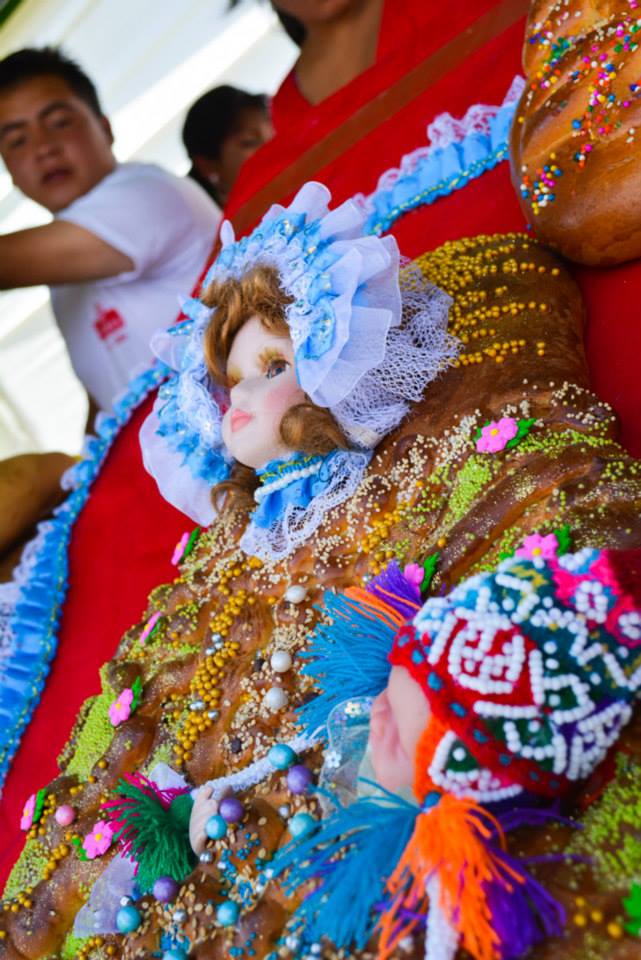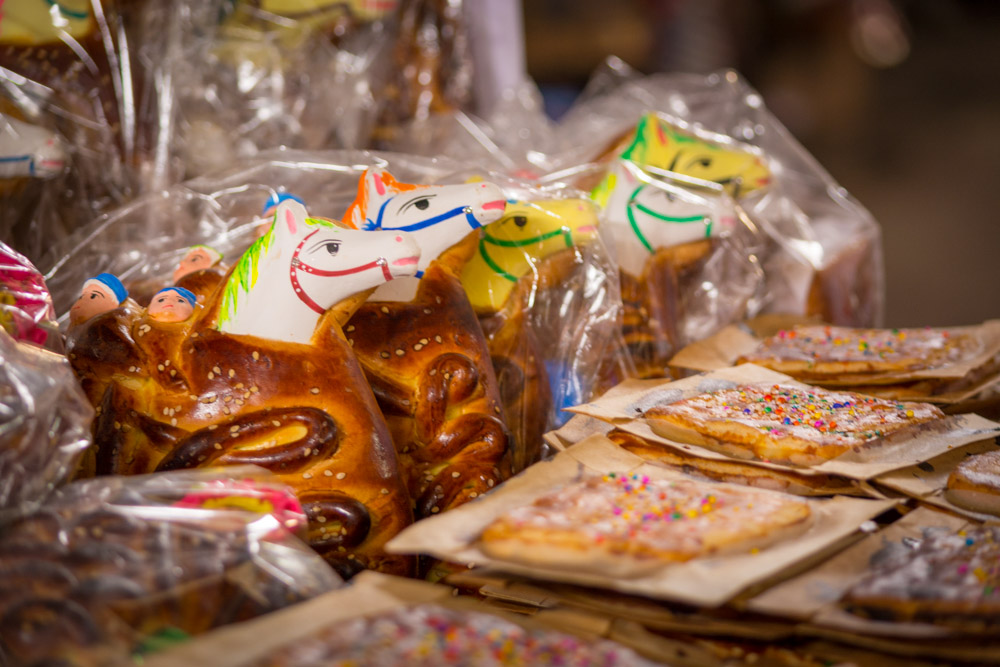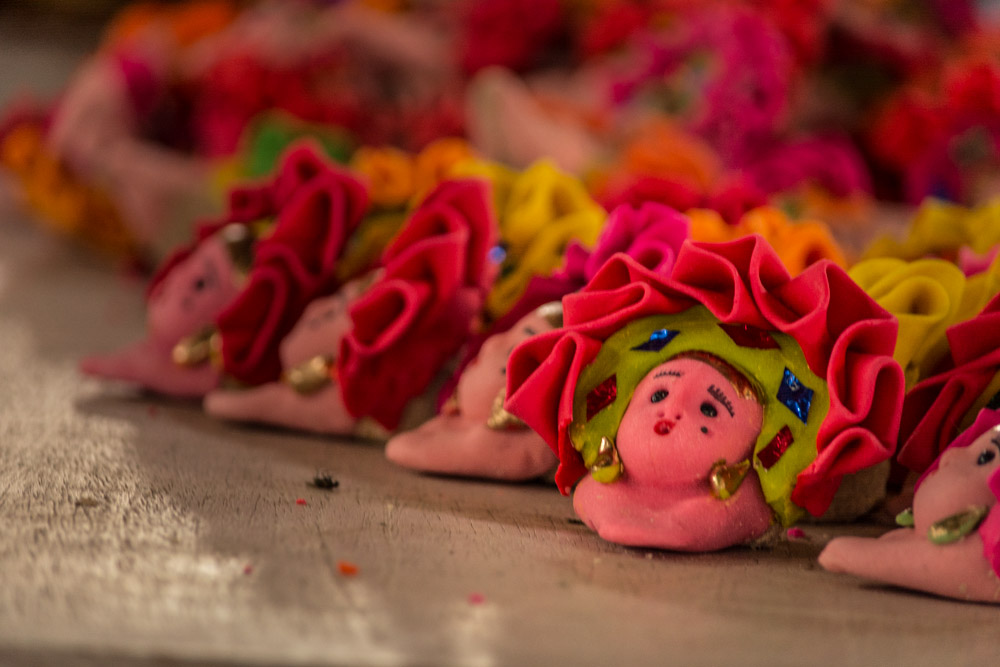Bread Babies and Bread Horses Fill Cusco with Color and Love


Every year at this time it is our custom to enjoy a bread baby or a bread horse. From the middle of October through the middle of November, more or less, the traditional markets of Cusco—San Pedro, Cascaparo, Wanchac, Rosaspata—open space for these traditional breads of the season to be seen and sold.
The bakeries of Cusco bring to sale their art in the making of bread babies and bread horses. They show them in the doorways and inside the markets. These places turn very colorful. The small masks that are placed in the dough of the bread when it goes in the oven amaze along with the colorful sparkles of colored sugar, sesame seed, and chocolates. They draw the attention of passersby and especially of the children.
You can easily find bread babies in the San Pedro market. In Quechua they are called t’anta wawas and in Spanish pan bebe. We normally mi the two and call them pan wawa. Inside the market there is a big table made up of smaller tables put together and covered in a cloth and on it the breads go from one side to the other down the middle of the market. The caceras (vendors) offering their breads come from the different bakeries of the city. They are dressed in white and await their clients. Besides the bread babies and bread horses they also offer delicious maicillos, meringues (suspiros), empanadas, and corn rings (rosquillas de maíz), all prepared in the pure style of our region.
In our grocery stores the bread babies and bread horses stand out. The store owners show them in glass display cases and place them in visible locations to draw the clientele who look to buy them these days to take home as a gift or only as a symbol of love and care both for children and adults. The breads have different prices depending on their size. The big ones with large masks and about the size of a 4-5 year old child cost 30-40 /S. The medium ones, the size of a 2- 3 year old child run 15-25 /S and the small run from 10/S down to 3/S. It all depends on the quantity of sweets and chocolates they have


For the 1st and 2nd of November the different plazas of the city, Túpac Amaru, San Francisco, San Blas, San Sebastian, and Santiago will be full of people because the Association of Bakers obtain permission from the provincial and district authorities to organize festivals of pan wawa each year. Judges evaluate the bread and take into account its taste, colors, texture, and the decoration fo the bread which has the shape of a baby covered in a colorful cloth, a lliqlla or queperina as we call it. The bakers present themselves, dressed in white with their aprons and caps on, so that the public and judges can go by their stands while they show their work. Those who are there bear witness to the bread makers art in making this very symbolic bread.
The beauty and warm colors of these breads draws the attention of all the public during these days, so much so that people buy them to send to their family members who live in other regions of Peru. My friend Leo has been working for the Municipality of Cuzco for 4 years yet his wide, two children, and god son all live in Tacna in Peru’s far south. He says that since he has been working here he can only return home for vacations but every year at this time he sends three bread horses for his sons and godson. He also sends a pan wawa to please his wife. “My children anxiously await this time of year for my package to arrive”.

For the Day of the dead families get ready and buy bread babies and bread horses. They share the breads with their loved ones in honor of those people who are no longer here. They also take the bread to the cemetery to leave it on the tombs of their remembered dead.
The bread babies and bread horses are motifs of social relationships these days. Fathers and godfathers give them to their children and god children, as well as to their friends and brothers, all as an expression of affection and friendship.
During this time of year, with its rain and cold, there is nothing better than a cup of hot chocolate, a ponche, or some other hot drink accompanied by this traditional bread decorated with colorful sugar disks and sprinkles. They give it an authentic beauty and make it a delight for the eye, while it is also a delight for the tongue.




